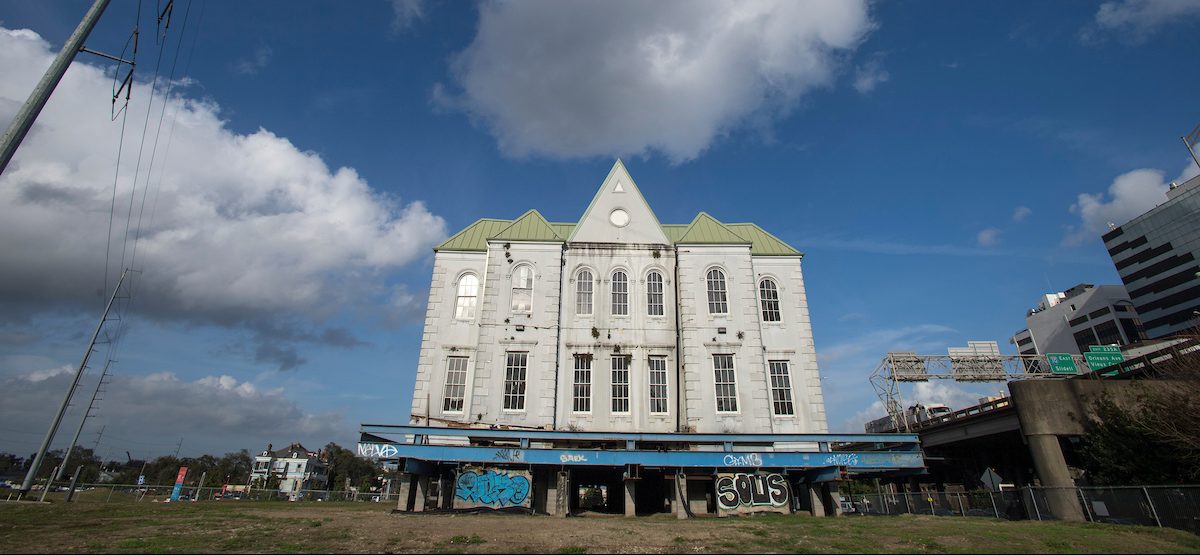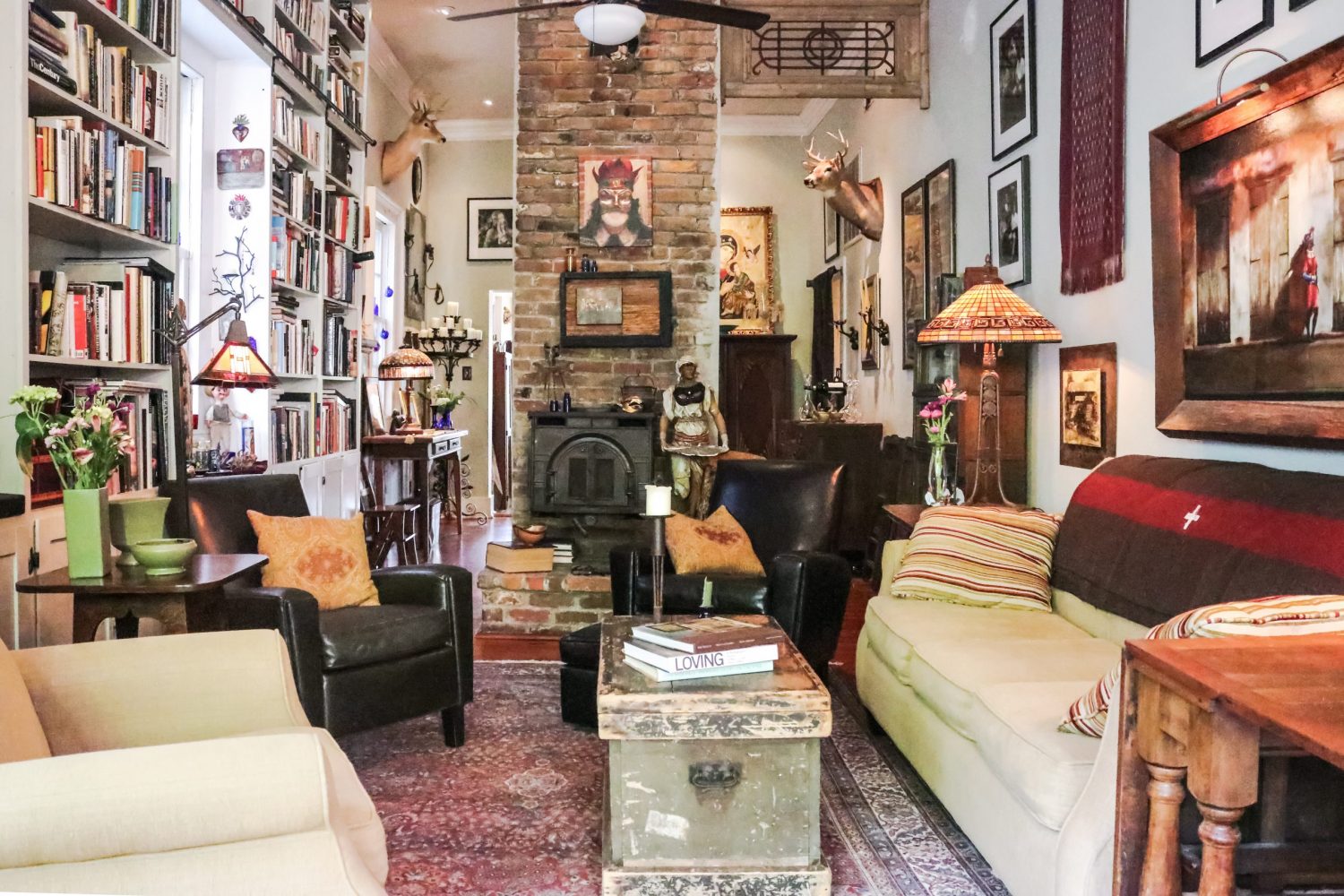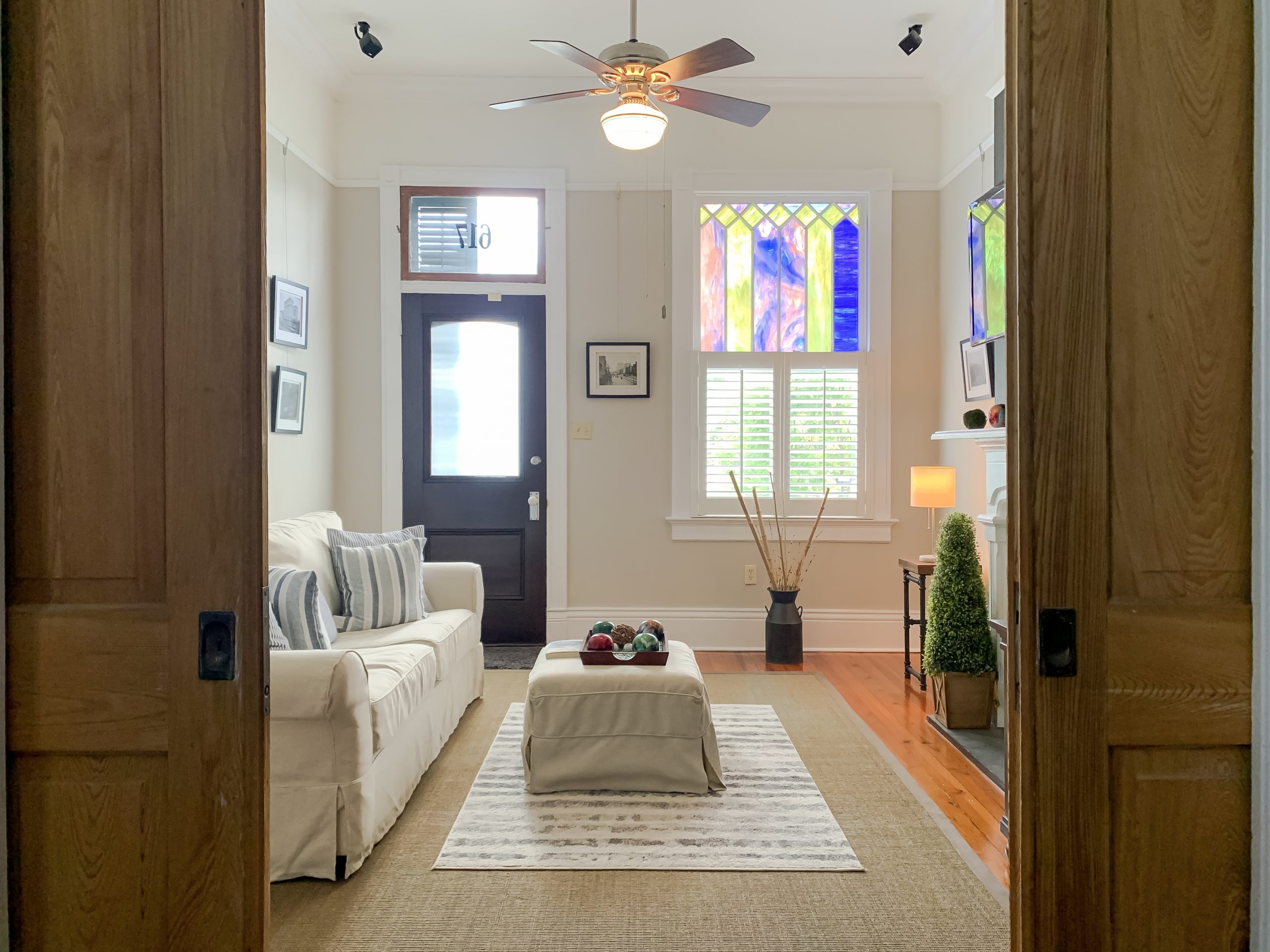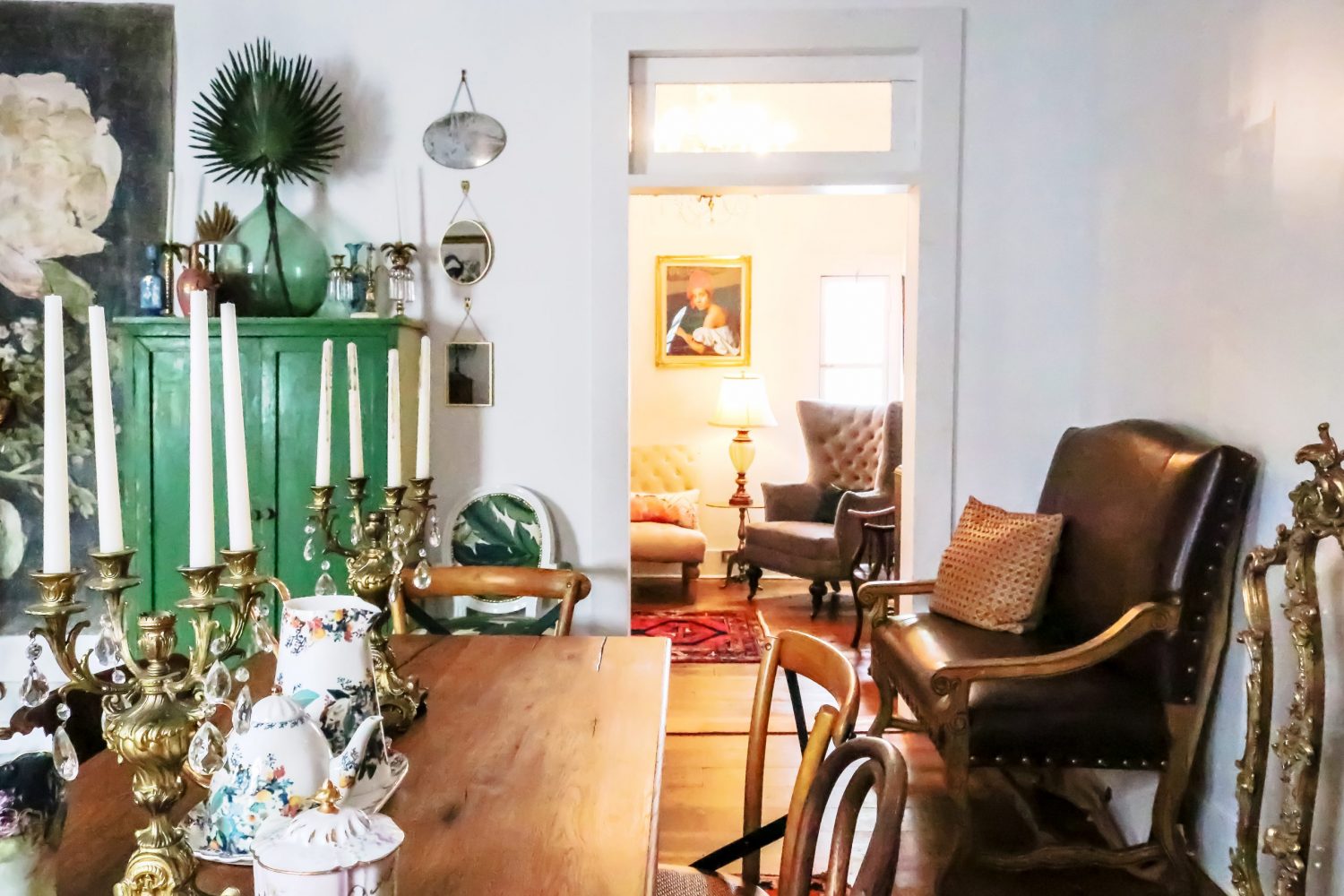This story appeared in the June issue of PRC’s Preservation in Print magazine. Interested in getting more preservation stories like this delivered to your door nine times a year? Become a member of the PRC for a subscription!
An egregious waste of taxpayer money, a calamitous move and a blow to historic preservation. That’s the sad epitaph that should be written for McDonogh 11, the 142-year-old Second Empire-style school building that has sat vacant and deteriorating on the side of Interstate 10 for nearly a decade, if LSU is indeed allowed to tear it down in coming weeks.
But it shouldn’t be given that right.
Those of you who don’t know it by name surely know it by sight. The dilapidated gray school rests on steel beams in the middle of an off-ramp on Claiborne Avenue, visible to all driving west on Interstate 10, a sad welcome to downtown New Orleans. It has sat in that location for almost a decade, decaying more each day.
This all happened despite the determined efforts of the Preservation Resource Center, other historic preservation organizations and the city, over more than a decade, to save the building and have it put back to use.
The waste is outrageous — taxpayer dollars squandered, history abandoned, a building that could be revived, instead planned to be sent to a landfill. After Hurricane Katrina, the Orleans Parish School Board, with FEMA’s approval, spent $3 million renovating the building. Then just a few years later, when the state and federal governments decided to build adjacent hospital complexes in Mid-City, the state spent at least another $320,000 to move it — before settling it in its current location and leaving it vacant. Now, after nearly a decade of deterioration, LSU Health Sciences Center will spend more money — one proposal had the cost at $350,000 — to demolish the structure, sending all of the building materials and historic architectural details to the trash.
The school, designed by noted local architect William Freret and built circa 1879, wasn’t always in this deplorable shape. Indeed, after its $3 million taxpayer-financed renovation post-Katrina, it reopened to students. The school sat on the corner of Palmyra and South Prieur streets for 132 years. It was moved as part of the demolition of the Lower Mid-City neighborhood to make way for the new a suburban-style medical park created by obliterating blocks of historic housing and businesses.
This neighborhood’s fate was tragic on many levels. Residents who had rebuilt their homes and lives post-Katrina — often with taxpayer-financed Road Home money — had their houses seized by the state using eminent domain and destroyed to make way for the medical complex. As a concession to angry citizens, the City of New Orleans attempted to save a few of the neighborhood’s homes; most were improperly relocated, and fell apart.
And McDonogh 11 became the last sad symbol of a neighborhood decimated, the will of a Baton Rouge superpower imposed against the desires of so many of New Orleans’ residents.
The preservation of McDonogh 11 school was one of the few concessions LSU was asked to make in exchange for being allowed to destroy historic Lower Mid-City. Since assuming control of the site from the State Division of Administration, LSU’s board has not demolished the building, but they have also done nothing to protect or preserve it. The promise wasn’t kept.
Imagine how this handsome structure could be revitalized into a wonderful new use. It could be rebuilt to house families of long-term patients at the medical complex. It could be made into apartments, a valuable use in a city in desperate need of more affordable housing. It could even become ritzy condos for doctors who work nearby. The possibilities are many, and the school’s authenticity is priceless. Its remaining architectural details could be restored, its first floor rebuilt, and the building could shine as a useful part of the community once more.
The PRC’s board and staff met with the city’s best developers, exploring possible reuses, relocation sites and funding mechanisms, over the past year. Several developers had visions for this building’s future, and wanted to help. But the order was tall. Federal historic rehabilitation tax credit financing, which is a critical tool for the costly renovations of historic structures like this, likely would be difficult to attain for McDonogh 11, since it had been moved from its original site and the building’s entire ground floor was removed.
The school also would need to move to a new location. LSU demands that the building be removed from its property. With the interstate overpass boxing in the enormous structure, the only way to move is east. Identifying an open lot for sale within a distance that the building could travel is difficult, and the cost adds a significant amount to the overall restoration price tag.
PRC flew in some of the country’s best building-movers, who confirmed that the school could withstand a relocation. LSU did cancel its original demolition bid process for the building to re-bid the contract to include relocation of the structure, delaying the demolition that appeared last summer to be imminent. But we’re still without a developer who can make the numbers work, and word is out once again that the building will soon be demolished.
That should not be allowed to happen. This is a fight more than a decade old. In 2011, the New Orleans City Council sent a letter to state officials that argued that the school should be saved. “The City of New Orleans, the State of Louisiana, and the federal government would all appear to be walking in circles if we use taxpayer dollars to restore a building that, less than five years later, will be torn down for another taxpayer-funded project,” the letter stated. “It will make no sense to taxpayers and, frankly, it doesn’t make any sense to us.”
LSU needs to make good on its agreement to preserve McDonogh 11. Its decade of inaction has left the school in a state that makes it impossible for private developers, or nonprofits like PRC, to afford to redevelop. Instead of spending even more money to demolish this building, it’s LSU’s duty to invest in McDonogh 11’s future. LSU needs to restore McDonogh 11. Our community’s dollars, and history, are not theirs to throw away.
Danielle Del Sol is the Executive Director of the Preservation Resource Center.







